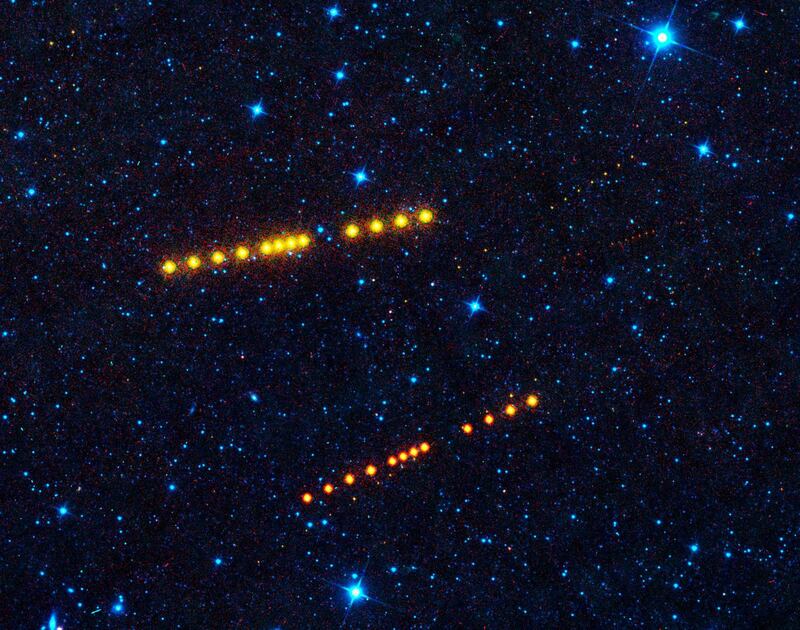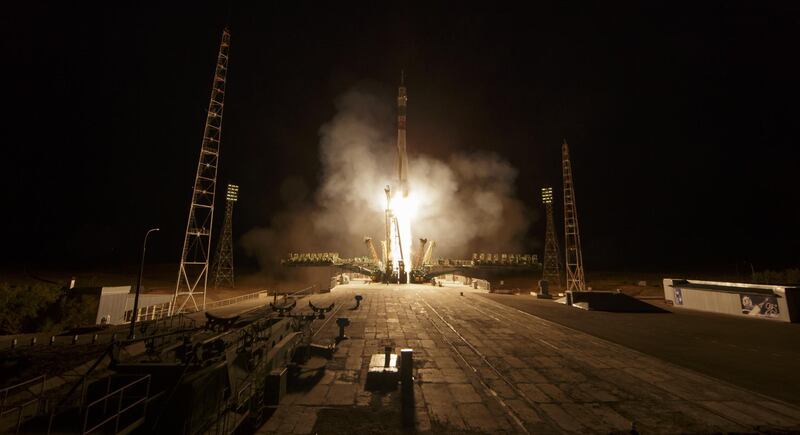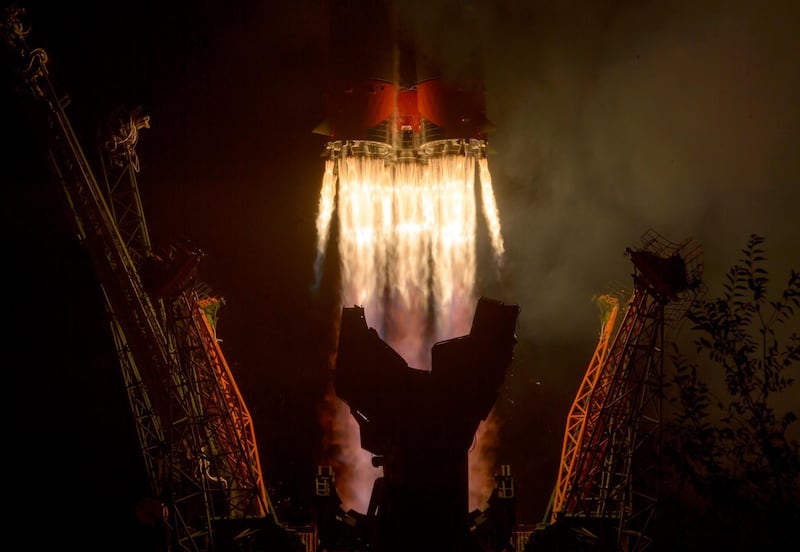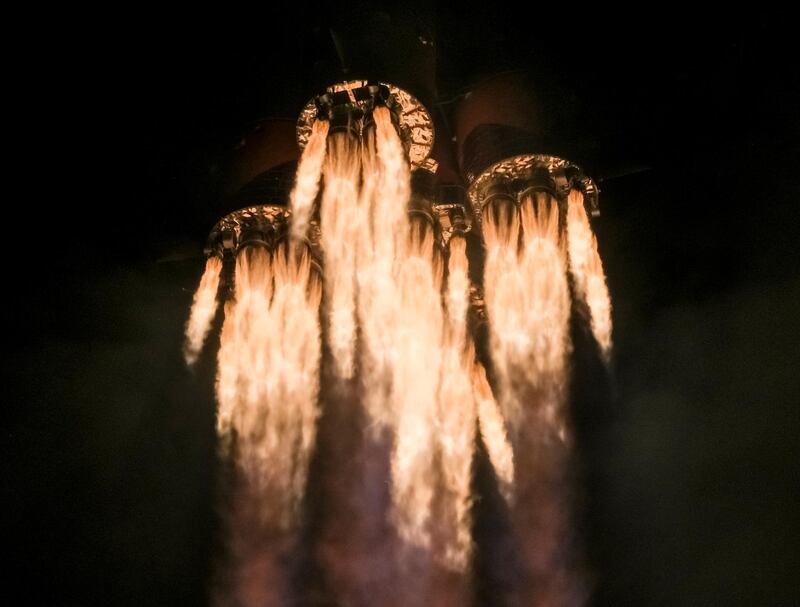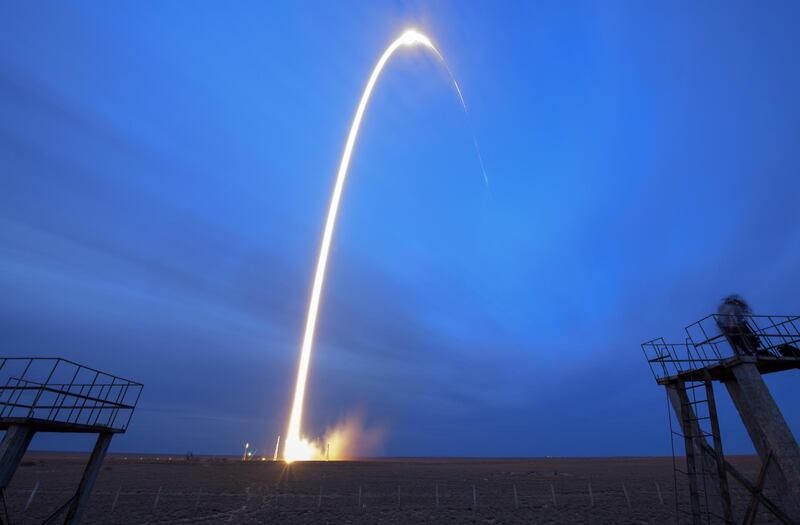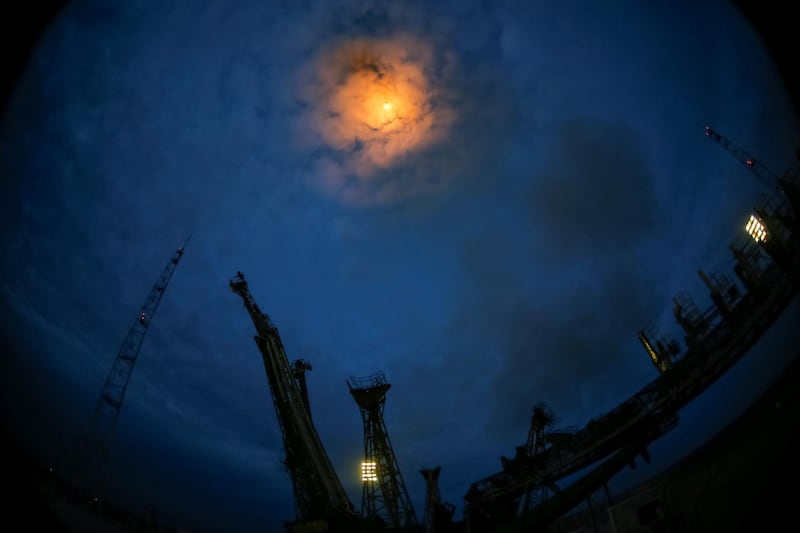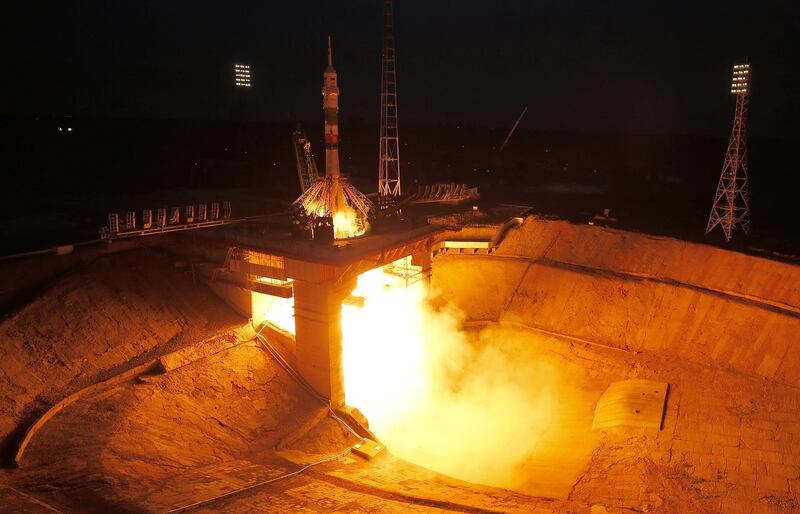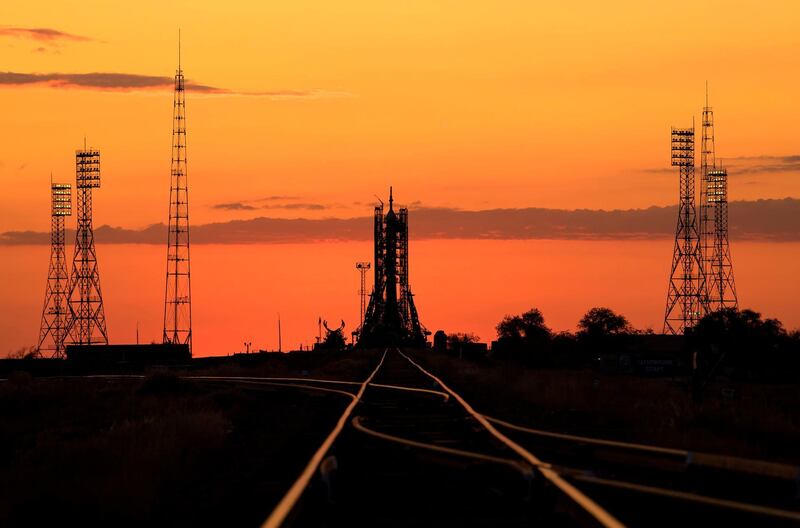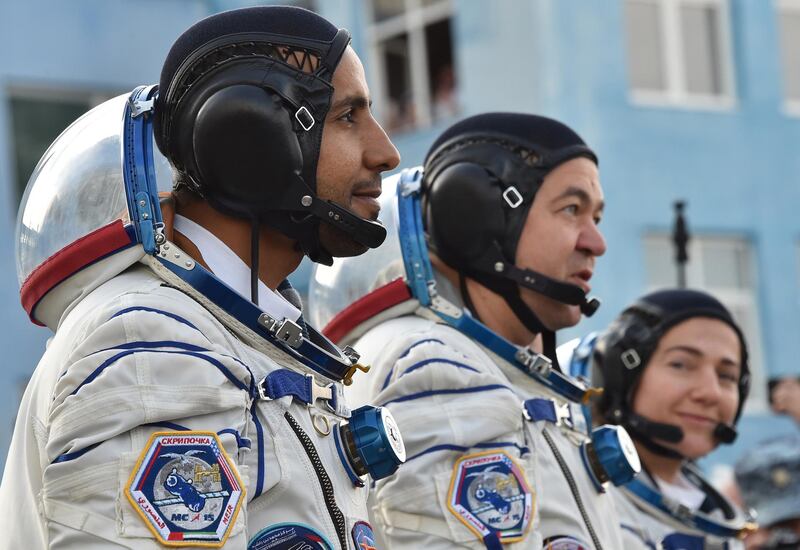A giant asteroid measuring up to 4.1km will enter the Earth’s trajectory around the sun tomorrow, coming close to the earth later this month NASA said. According to asteroid trackers at the space agency, asteroid 1998 OR2 will miss the earth by 6.2 million kilometres when it passes by on April 29, posing no threat to the planet.
NASA scientists reiterated on Twitter that there is no imminent danger from the asteroid after a UK newspaper article falsely claimed an asteroid warning had been put out. “On April 29 asteroid 1998 OR2 will safely pass Earth by 3.9 million miles/6.2 million km,” the agency said in a tweet on March 4.
“The orbit is well understood and it will pass harmlessly at 16 times the distance to our moon. No one should have any concern about it,” NASA Asteroid Watch said in a second tweet the following day.
The newspaper has since issued a clarification.
The asteroid, which is the largest to fly by earth this year, is still classified it as “potentially hazardous” because of its potential to make a threatening close approach to the Earth in the future. If it were to hit the earth at any point, the damage would be considerable.
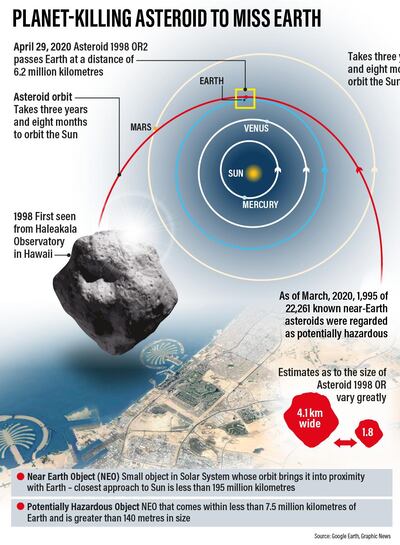
An asteroid is a small rocky object that orbits the sun while a meteor occurs when a small piece of asteroid or comet – which contains more ice – burns up on entering the Earth’s atmosphere, leaving a streak of light in the sky.
NASA’s Jet Propulsion Laboratory lists 24 Near Earth Objects due within the next 60 days.
The closest approach in the 1998 OR2 flyby will take place at about 5.56am EDT on April 29. At present, it’s only visible via professional telescopes but amateur astronomers will be able to view 1998 OR2 when it draws nearer to Earth this month.
Otherwise, stargazers can still watch its path via a free live webcast from The Virtual Telescope Project in Rome, beginning April 28. The organisation says it is expected to be "quite bright around the time of the fly-by" with a visual magnitude of around 10 or 11, according to EarthSky.com.
The next two flybys for 1998 OR2 will be in 2031 and 2048 with the closest approach to earth marked for April 16 2079, when it will be 1.8 million km away.
